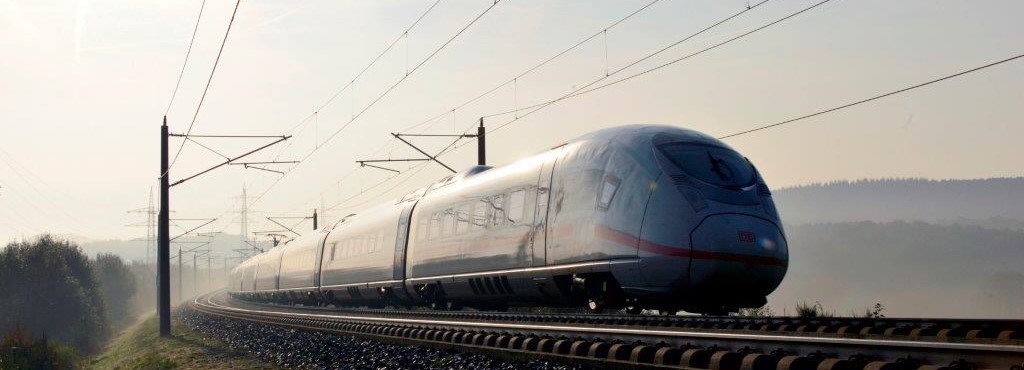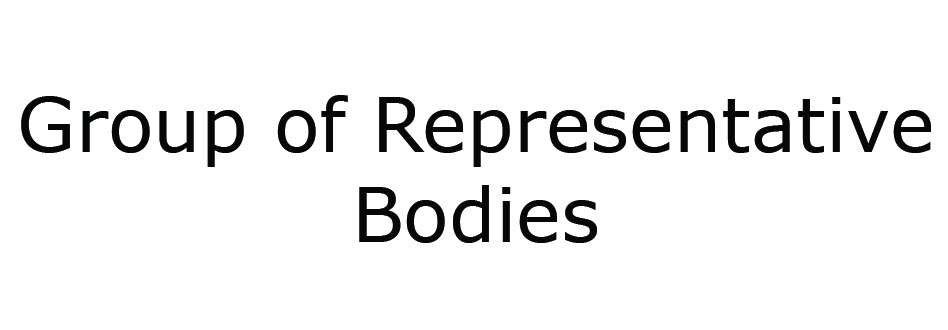4th Railway Package - Guide

Since 1991, the European railway sector has constantly been reformed by the European Union. The 4th Railway Package, which was adopted in 2016 is by far the largest and most complex legal initiative introduced so far. The 4th Railway Package consists of a political and a technical pillar which introduce substantial reforms for all stakeholders concerned.
The Guide below (drop-down menu) illustrates in four different chapters the reforms in the field of vehicle authorisation, safety certification and ERTMS trackside approval as well as the new role of the European Union Agency for Railways as ‘frequently asked questions’. Given the fact that the implementation of the 4th Railway Package is an ongoing process, the Guide will be updated on a regular basis, in line with the progress of the reforms being made on EU level.
Christian Rausch
Chairman of the Group of Representative Bodies (GRB)
What does it contain?
The 4th Railway Package is a set of 6 legislative texts designed to complete the single market for Rail services (Single European Railway Area). Its overarching goal is to revitalise the rail sector and make it more competitive vis-à-vis other modes of transport. It comprises two 'pillars' which have been negotiated largely in parallel:
The technical pillar addresses interoperability, safety authorisation, ERTMS track-side certification but also the reduction of national rules and the increased role of the EU Agency for Railways (ERA) to deliver authorisations and certifications.
The 'technical pillar' was adopted by the European Parliament and the Council in April 2016 and comprises:
- Regulation (EU) 2016/796 on the European Union Agency for Railways and repealing Regulation (EC) n° 881/2004
- Directive (EU) 2016/797 on the interoperability of the rail system within the European Union (Recast of Directive 2008/57/EC)
- Directive (EU) 2016/798 on railway safety (Recast of Directive 2004/49/EC)
The political pillar addresses market opening, tendering of public service contracts and access to national rail passenger markets.
The 'market pillar' was adopted in December 2016 and comprises:
- Regulation (EU) 2016/2338 amending Regulation (EU) 1370/2007, which deals with the award of public service contracts for domestic passenger transport services by rail ('PSO Regulation')
- Directive 2016/2370/EU amending Directive 2012/34/EU, which deals with the opening of the market of domestic passenger transport services by rail and the governance of the railway infrastructure ('Governance Directive')
- Regulation (EU) 2016/2337 repealing Regulation (EEC) 1192/69 on the normalisation of the accounts of railway undertakings
Why was it proposed?
The 4th Railway Package (RP) is meant to achieve the following objectives:
- Boost the competitiveness of the railway sector by significantly reducing costs and administrative burden;
- save businesses from having to file costly multiple applications for vehicle authorisations and safety certificates in the case of operations beyond one single member state;
- create a ‘one-stop shop’ IT tool which will act as a single-entry point for all such applications, using easy, transparent and consistent procedures;
- Harmonise the implementation of ERTMS;
- Reduce the large number of national rules and make them more transparent.
What are the milestones?
The overview of the milestones of the 4th RP is shown below:
| 4th Railway Package | Entry into force* | Transposition** |
| Political Pillar | ||
| DIR (EU) 2016/2370 ‘Governance‘ | 24/12/2016 | 25/12/2018 |
| REG (EU) 2016/2338 ‘PSO’ | 24/12/2017 | - |
| Technical pillar | ||
| DIR 2016/797 ‘Interoperability’ | 15/06/2016 | 16/06/2019 |
| DIR 2016/798 ‘Safety’ | 15/06/2016 | 16/06/2019 |
| REG (EU) 2016/796 ‘ERA’ | 15/06/2016 | - |
*Entry into force: Legal texts need to be published. After the 20th day following its publication in the Official Journal of the European Union, a text enters into force.;
**Transposition: Member States are given a certain period to transpose EU legislation into national law. The timeframe depends on the type of the legal initiative. In the case of a Directive, Member States normally have 2 years from the date of the entry into force. For the case of Directives 2016/797 and 2016/798 the transposition period ends after three years on the 16th June 2019. However, some Member States took the option to postpone the transposition by 1 year.
Note on Switzerland: VA and SSC delivered by the Agency will be recognized from 16th of June 2019 but the full transposition of the directives will take place later on.
In the case of a Regulation, there is no transposition period as this type of legislation applies immediately to EU countries' national law when they entered into force (see point 1 above).
In the case of very complex legislation, such as the 4th Railway Package, the EU foresees various initiatives to help the Member States preparing the transposition. During this so-called “implementation phase”, the EU launches e.g. shadow running processes, pilot schemes, etc. This Guide addresses exactly this phase.
Why is it important ?
The technical pillar of the 4th RP brings substantial reforms:
- such as a new harmonised approach to safety certification and vehicle authorisation
- an enhanced role for the Agency
- a harmonised implementation of ERTMS and reduced national rules
For more information have a look on the ERA website.
⇒ Each of these individual reforms has a far-reaching impact on the rail sector (financial, operational, legal, procedural, etc.).

